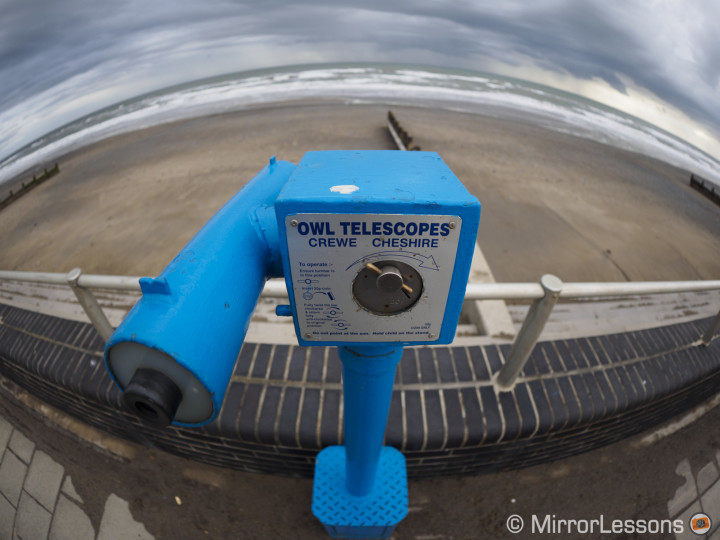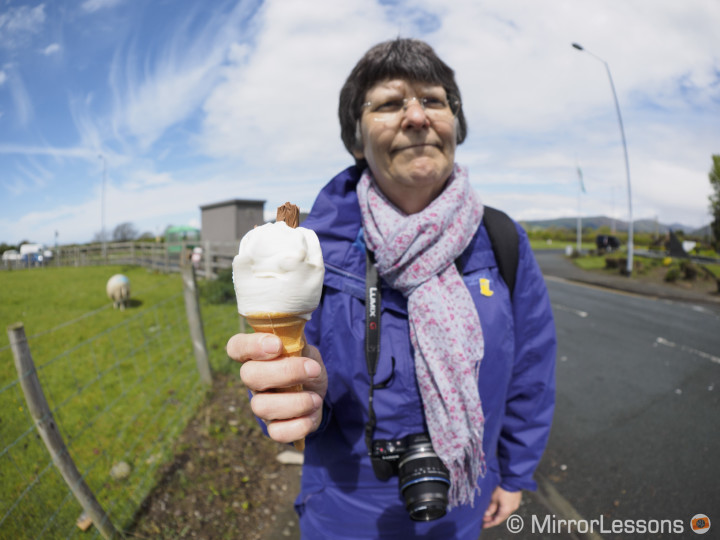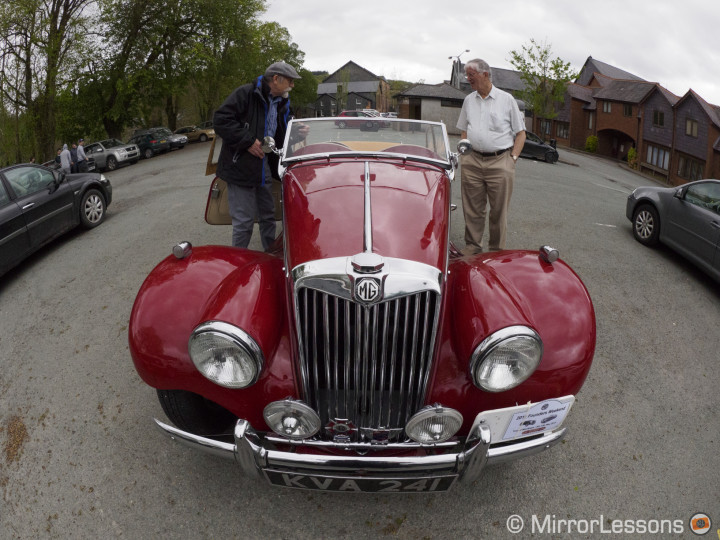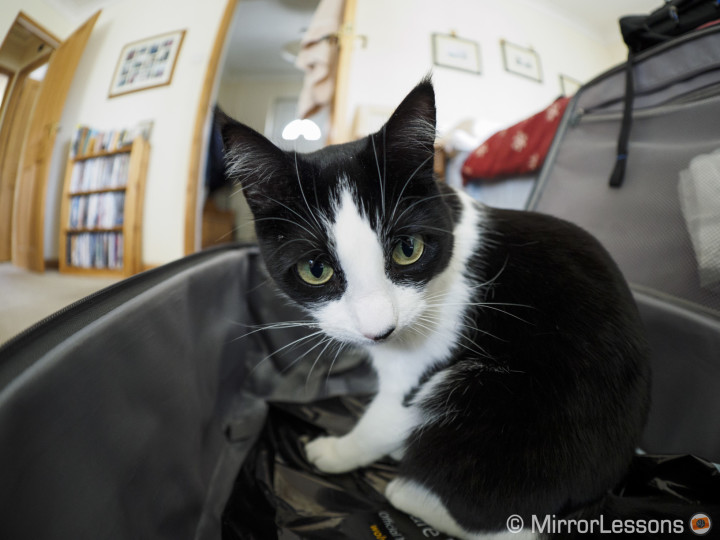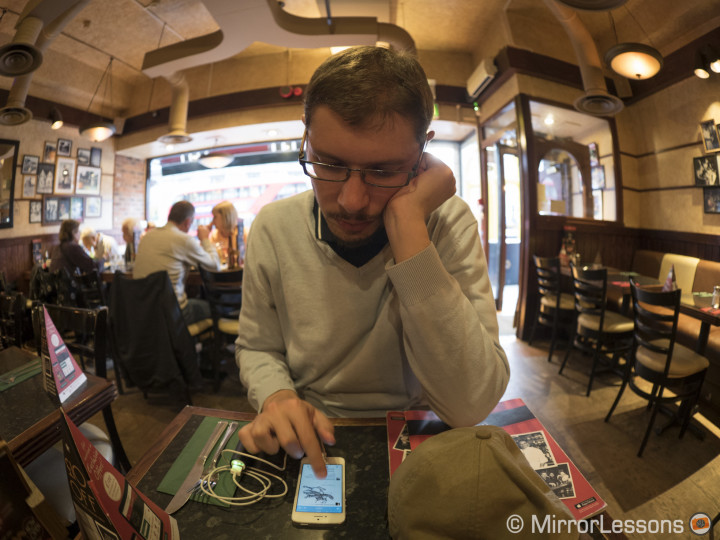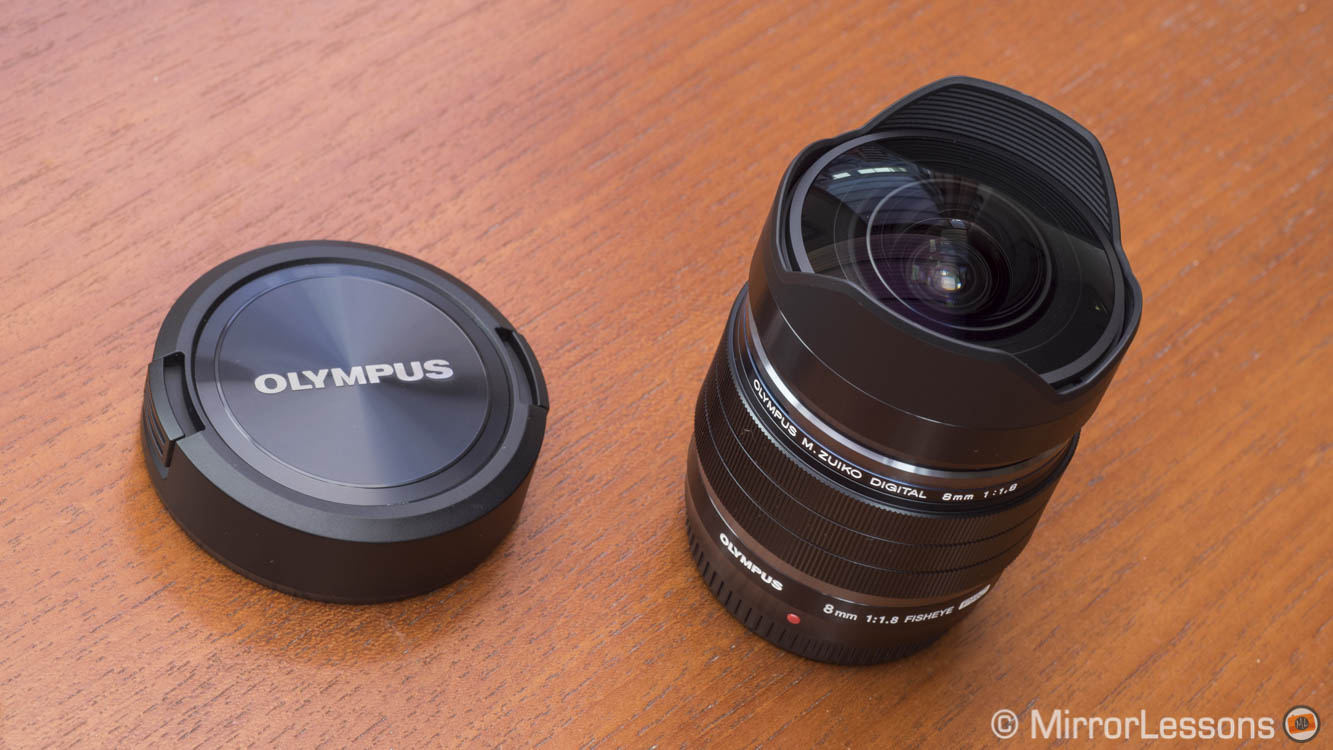Update: check out our full review of the Olympus 8mm f/1.8 Fisheye!
The 8mm f1.8 Fisheye was the second lens announced by Olympus today. As with the 7-14mm, we received it just before heading to London for our third photo walk. As coincidence would have it, Heather’s father and his Welsh male voice choir were singing at the Royal Albert Hall on the very same day, so we had a lovely ride on the bus down to London with him and the other members of the Côr Meibion Bro Dysynni. During the 7-hour journey through the UK countryside, we tried to take as many pictures as possible with the lens.
This 8mm Fisheye lens is the first in the world to have a fast aperture of 1.8. It is the third Fisheye lens designed for the Micro Four Thirds system in addition to the Lumix 8mm f/3.5 and Samyang 7.5mm f/3.5. As explained in the first gallery, which shows the capabilities of the 7-14mm, we decided to postpone our review so that we can spend more time with the lenses and put them through their paces in Canada. Here you will find lots of image samples taken with the M.Zuiko 8mm Fisheye to give you an idea of what it is capable of.
Reminder: Also check out our Olympus 7-14mm f/2.8 gallery!
[expand title=”The M.ZUIKO DIGITAL ED 8mm Fisheye 1:1.8 PRO Specs”]
- Focal length: 8mm
- Focal length (equiv. 35mm): 16mm
- Maximum aperture: 1.8
- Minimum aperture: 22
- Number of aperture blades: 7 rounded
- Angle of view: 180°
- Closest focusing distance: 2.5cm
- Lens configuration:17 elements / 15 groups
- Special elements: 3 Super ED, 1 Aspherical, 2 ED, 1 Super HR and 2 HR elements
- Lens surface coating: Yes (Zero Coating)
- Maximum image magnification: 0.2x (max.)
- Optical Image Stabilizer: None
- Dimensions: φ62 Ø, 80 mm
- Filter diamater: None
- Weight: 315g
[/expand]
First impressions of the Olympus 8mm Fisheye
Below you can find a summary of the most interesting characteristics of the lens as well as our first impressions:
- Build quality: Excellent like the other Pro lenses
- Size/Weight: Compact and lightweight.
- Ease of use: Includes the focus ring only (no clutch mechanism).
- Optical performance: Minimum focus distance is 2.5cm. With the 1.8 aperture you can create a nice shallow depth of field despite the extreme wide angle.
- Optical quality: Good sharpness at f/1.8. Minimal chromatic aberration and excellent resistance to flare.
- Accessories: No filter thread. Olympus also released the PPO-EP02 Compact Waterproof Dome Lens Port to be used with the PT-EP11 or PT-EP8 body housings for underwater shooting.
- Price and availability: Retail price is €849 and the lens should be available from June 2015.
Below you can check out our new hands-on video about the two Pro wide angle lenses. You can skip to minute 5.50 for the 8mm fisheye lens. The video includes some video samples taken with the E-M5 mark II.
You can also check out many sample images that I’ve divided by genre. Make sure to scroll to the end to find some Raw and OOC JPG samples to download.
Don’t hesitate to leave a comment with your impressions at the end of this article!
[toc heading_levels=”3″]
Landscapes
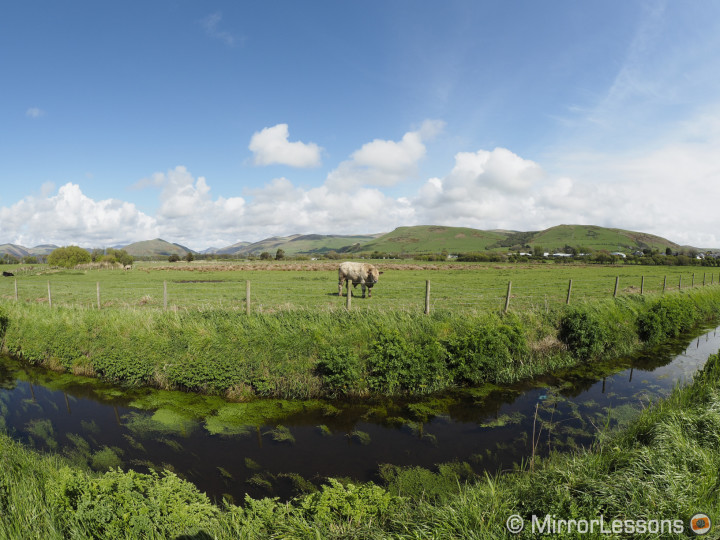
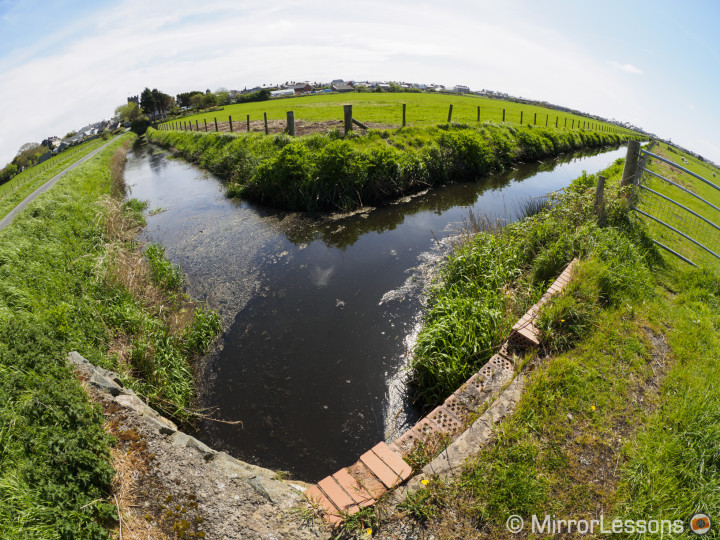
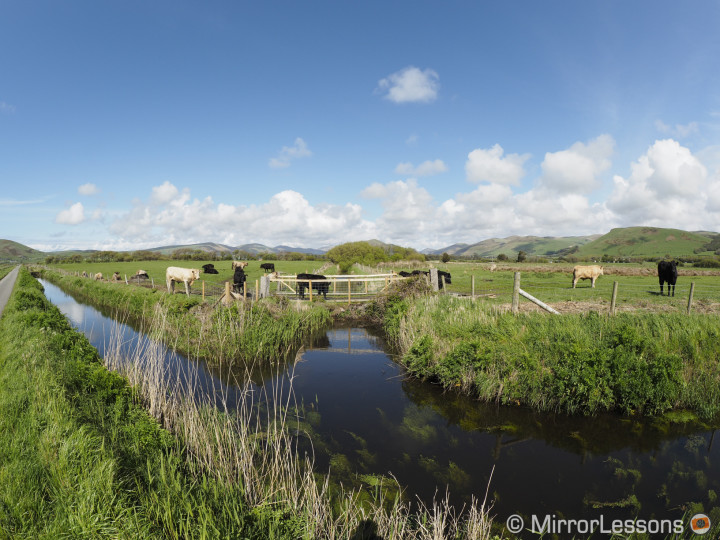
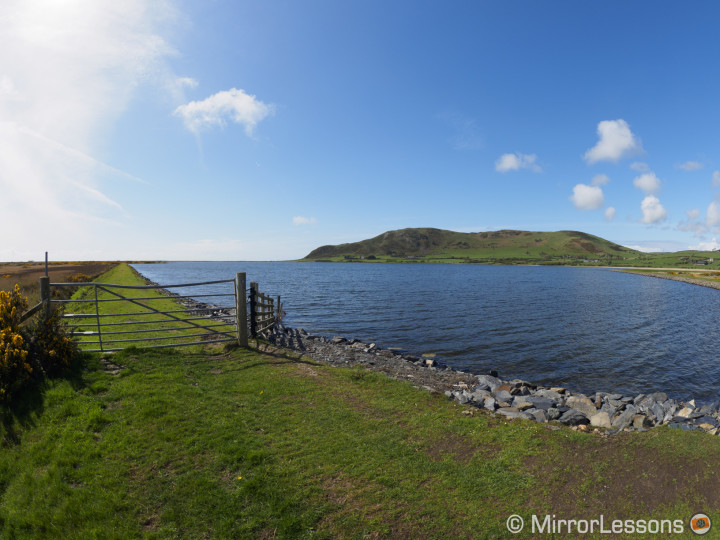
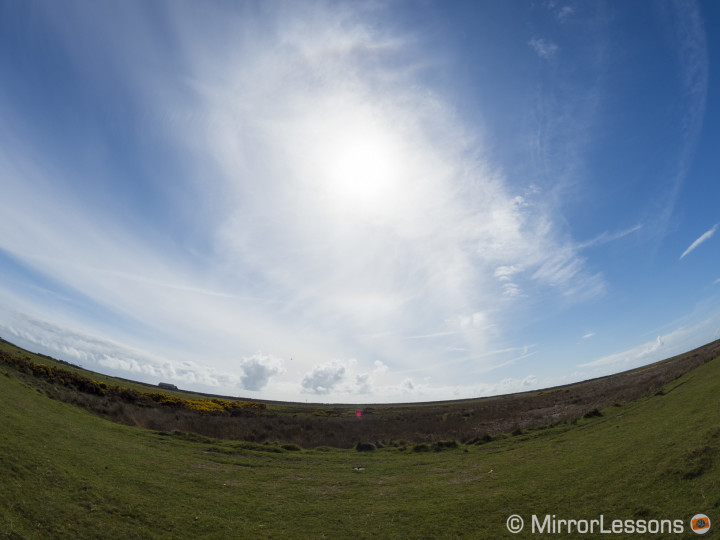
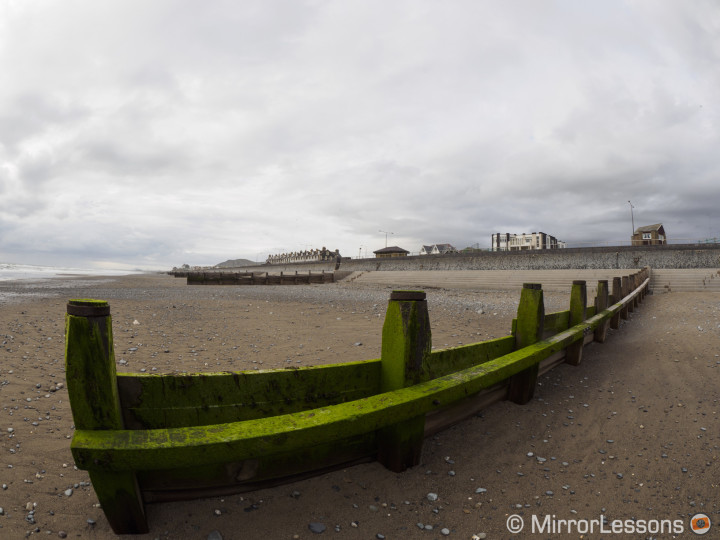
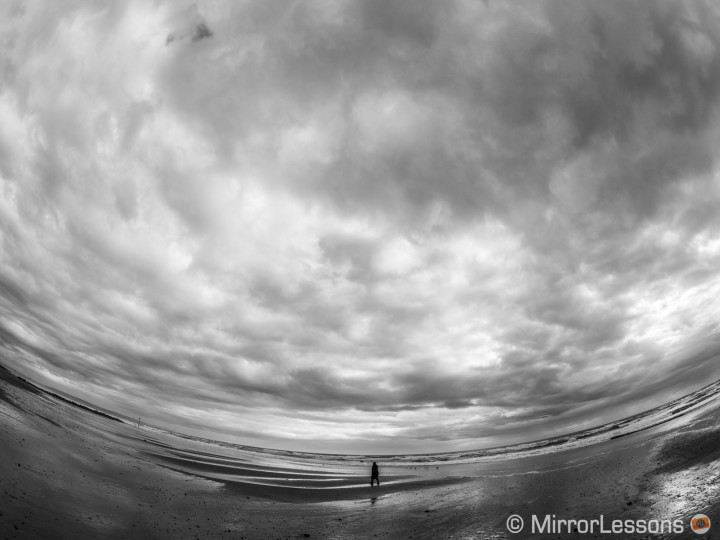
Architecture
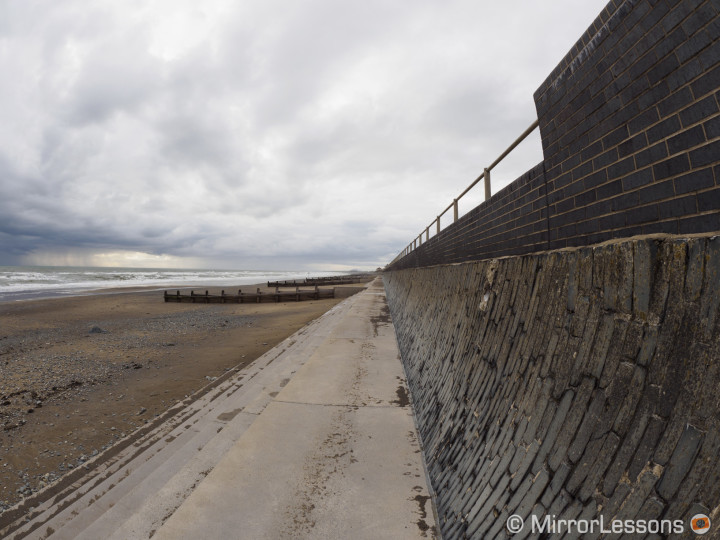
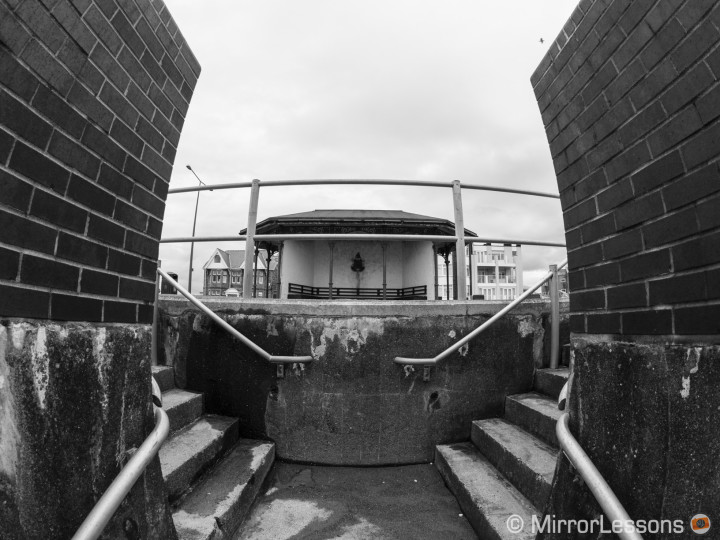
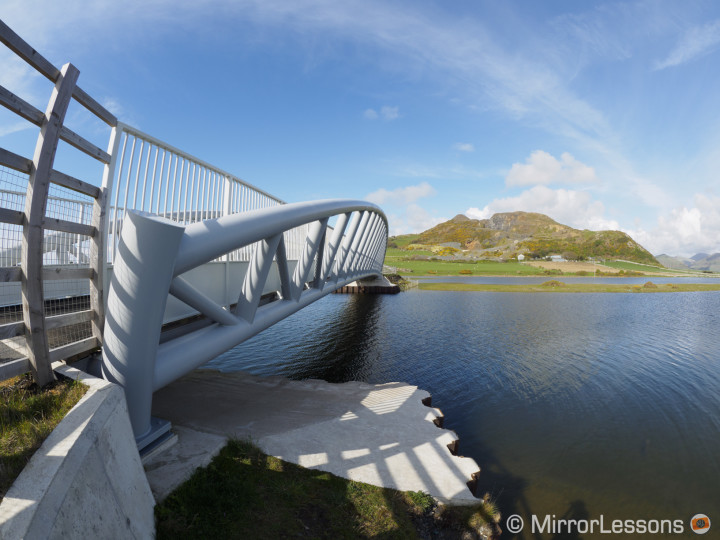
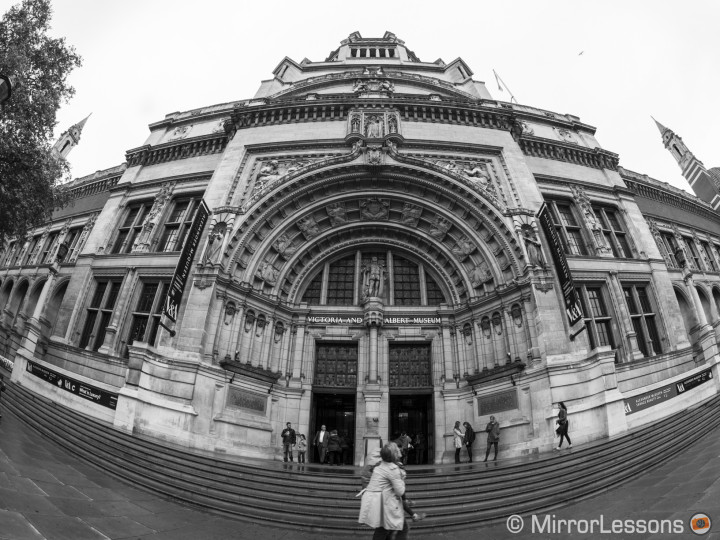
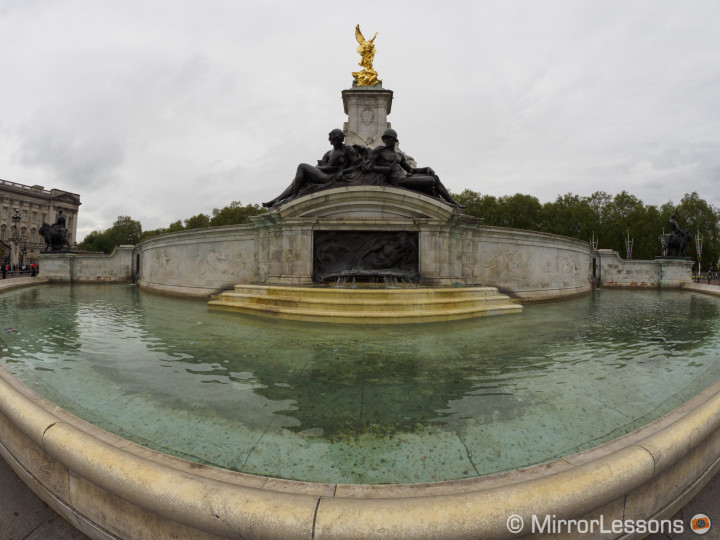
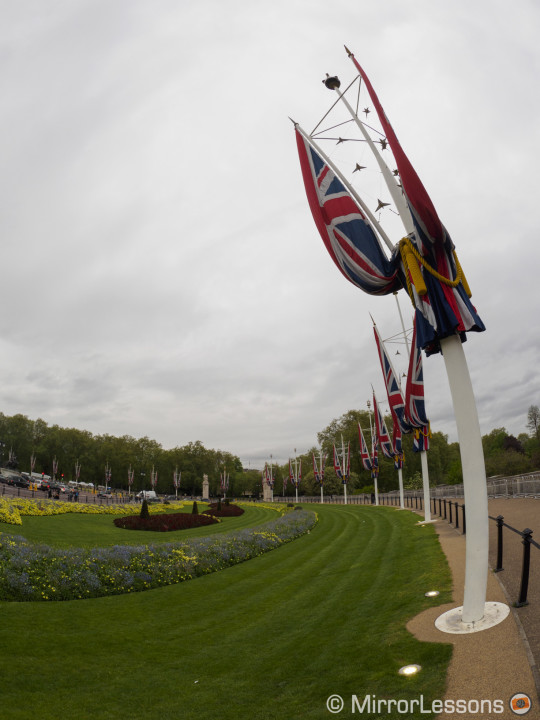
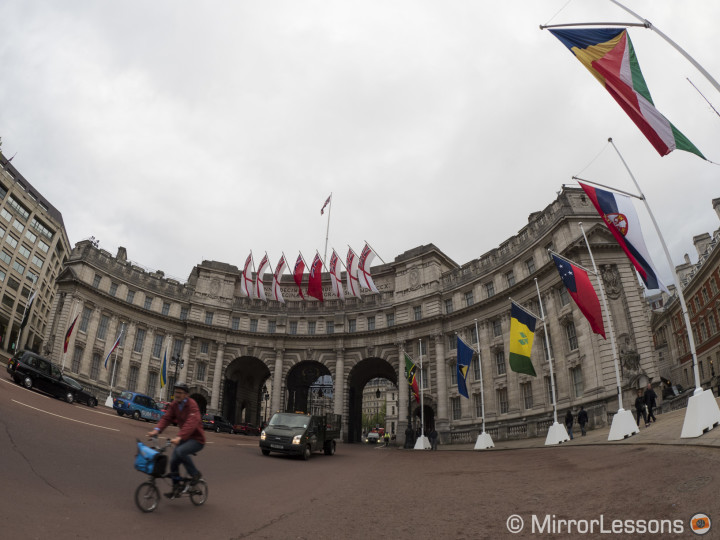
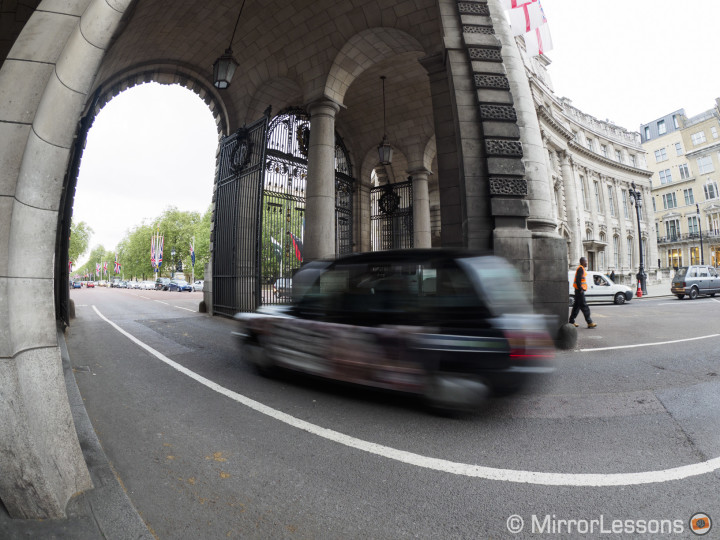
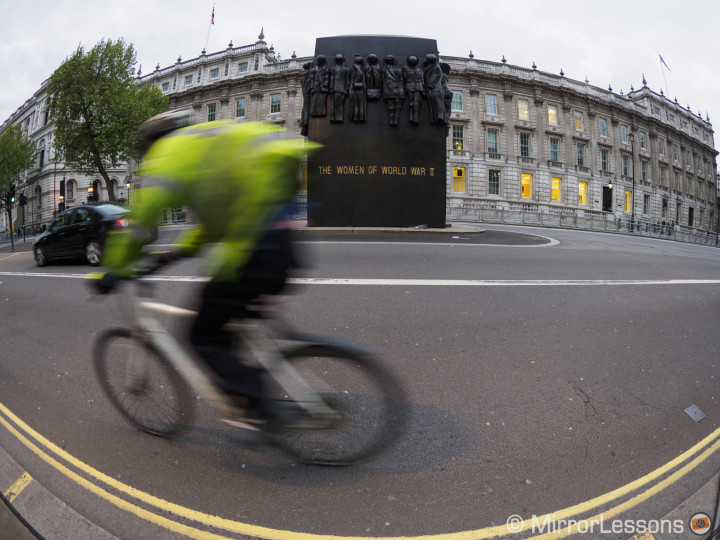
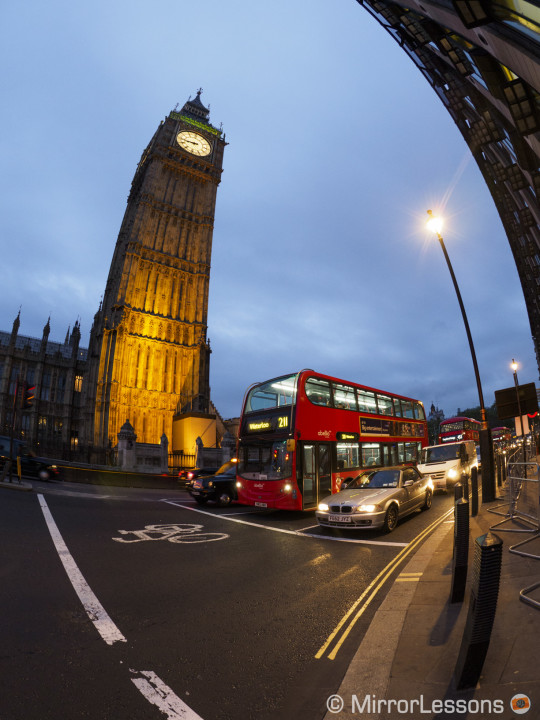
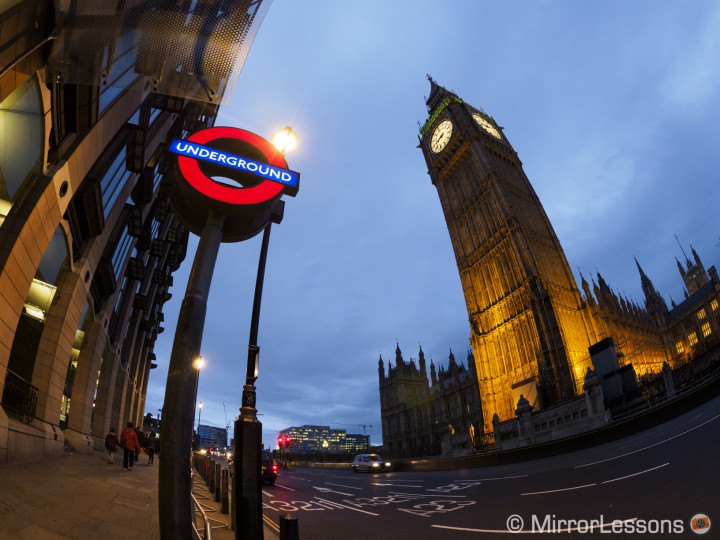
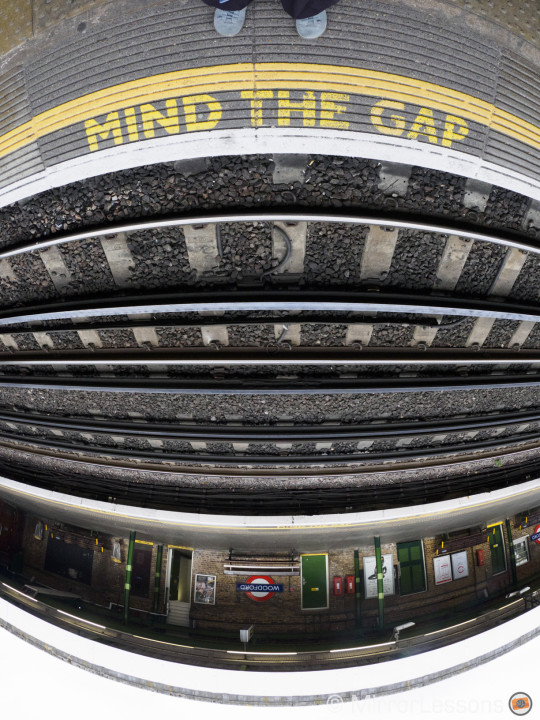
Interiors
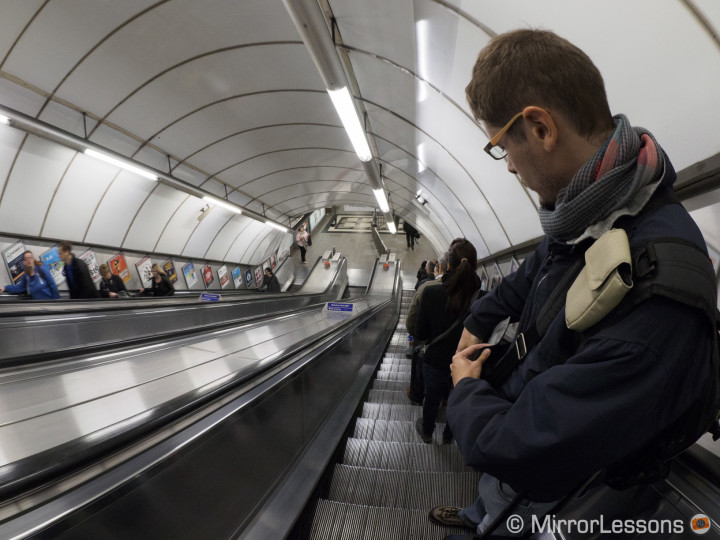
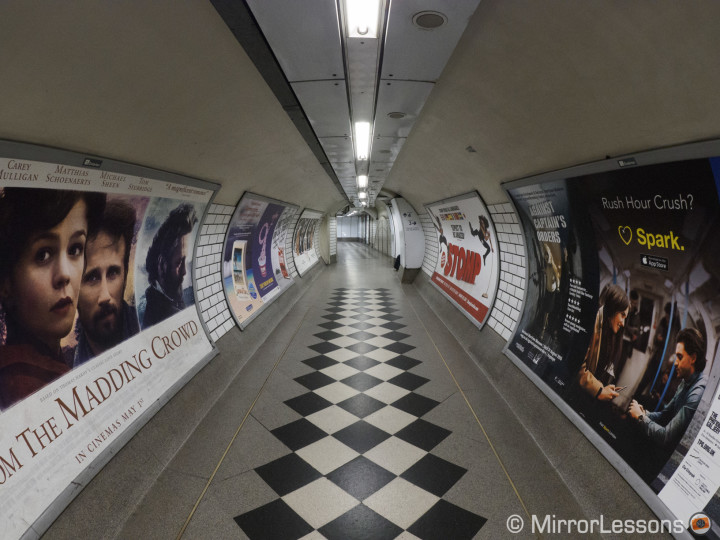
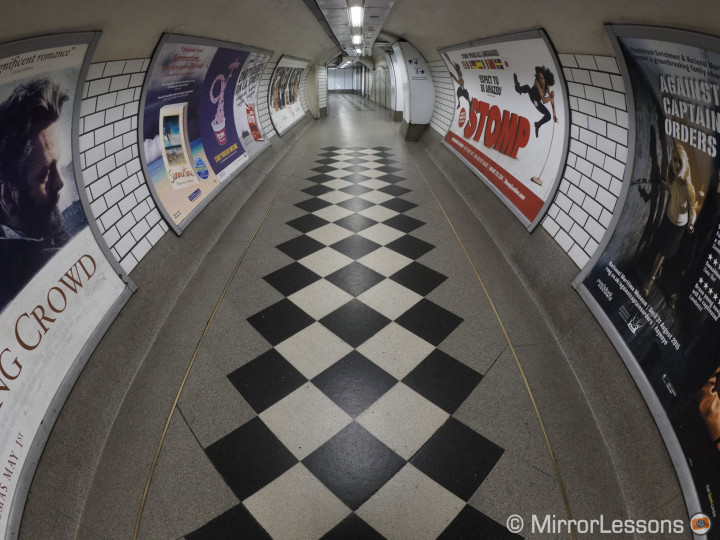
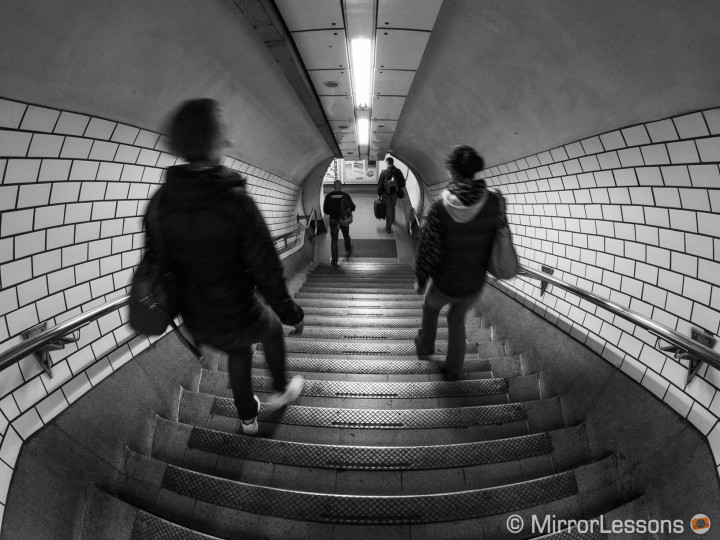
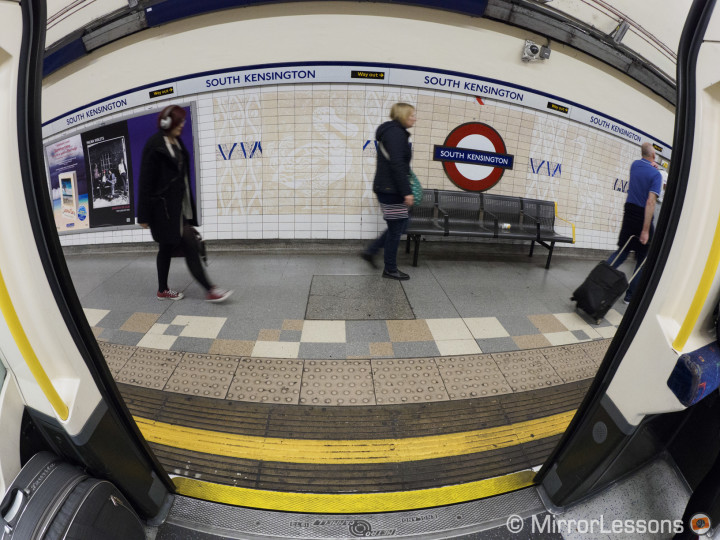
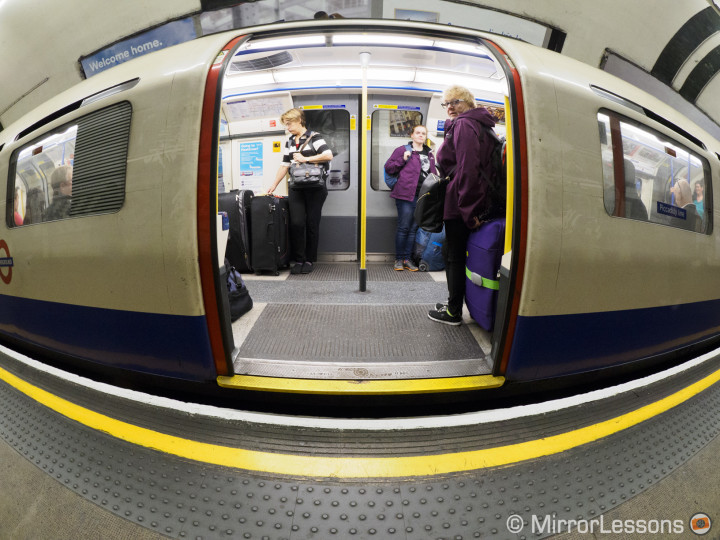
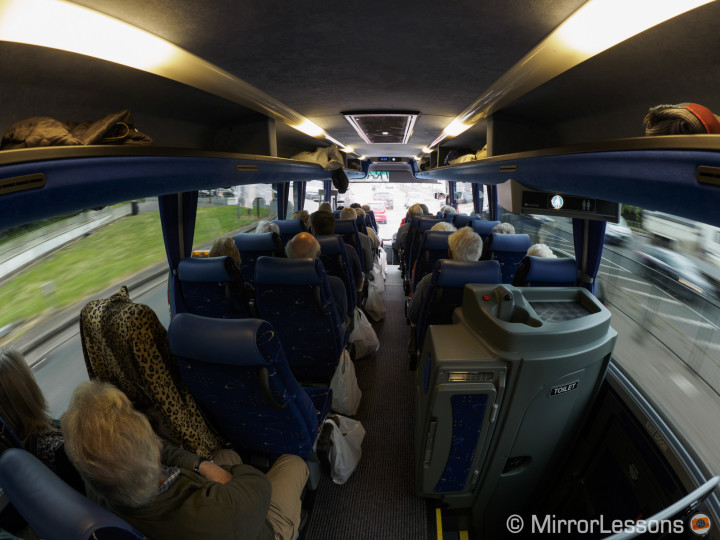
Close distances
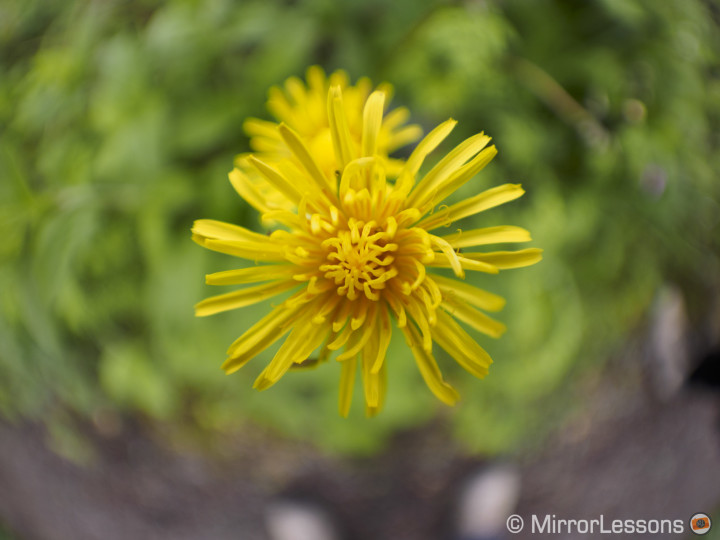
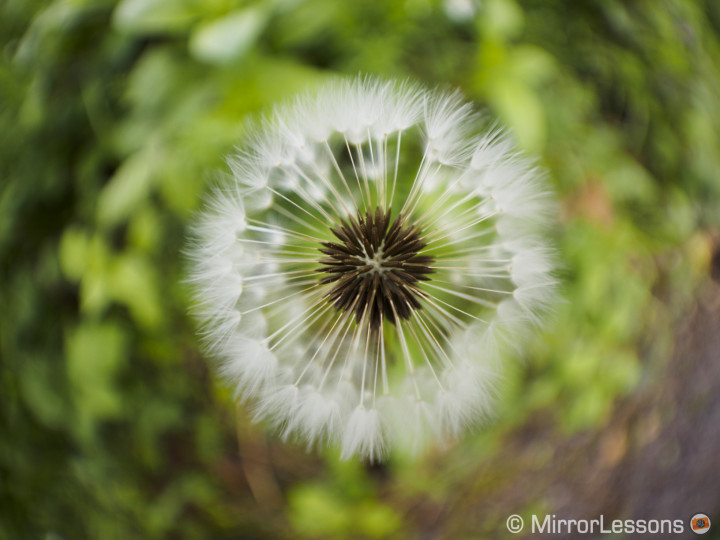


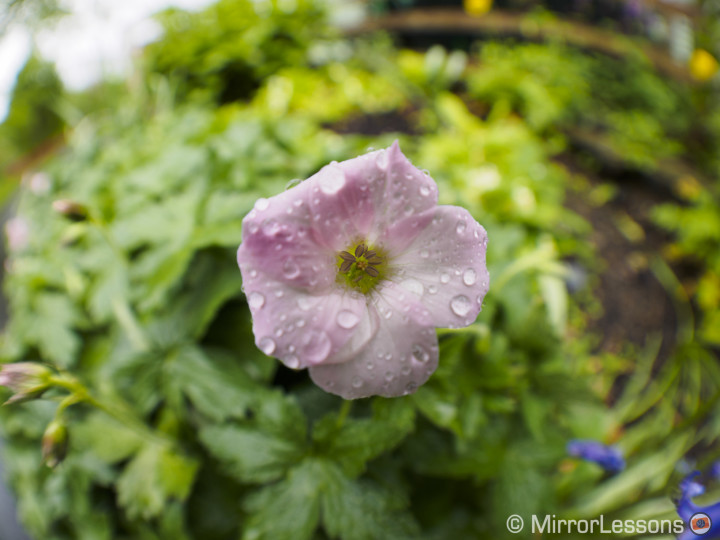
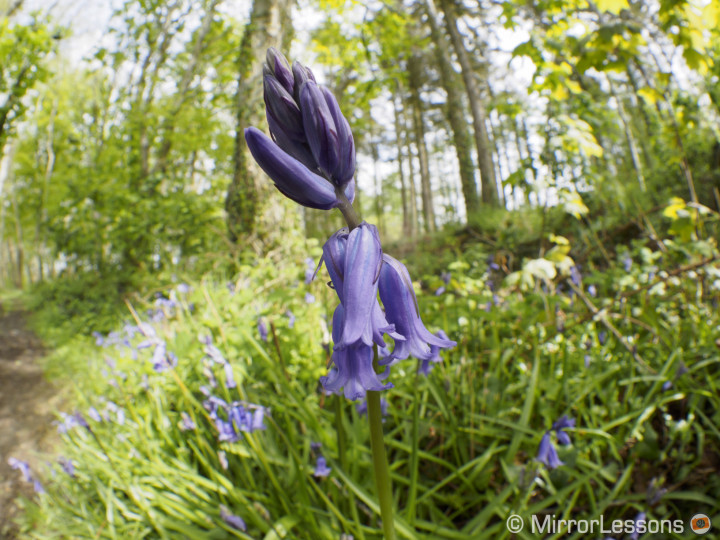
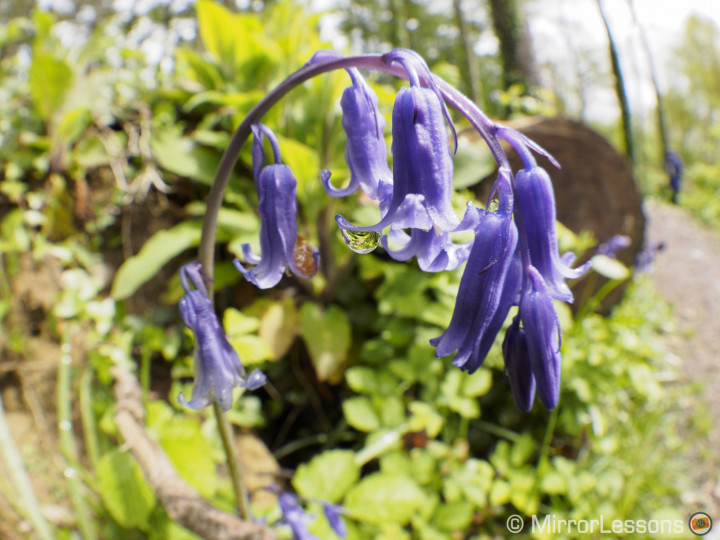
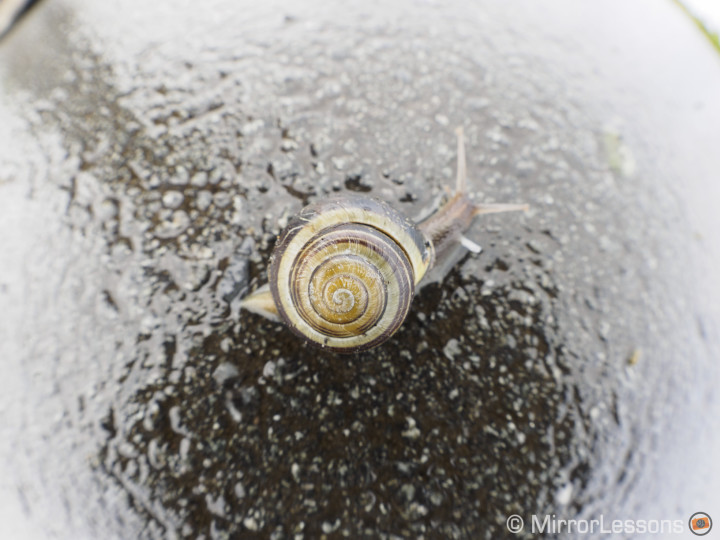
Various
